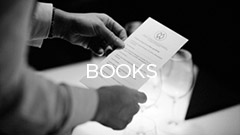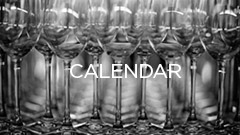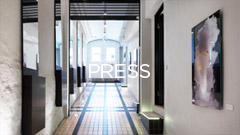
Fine Wine
Fine Wine is the accepted international term for quality wines which are in great demand, often globally. These wines come from recognised vineyards and are often reviewed by established wine columnists. Unlike wines for everyday drinking, they also have a second-hand value.
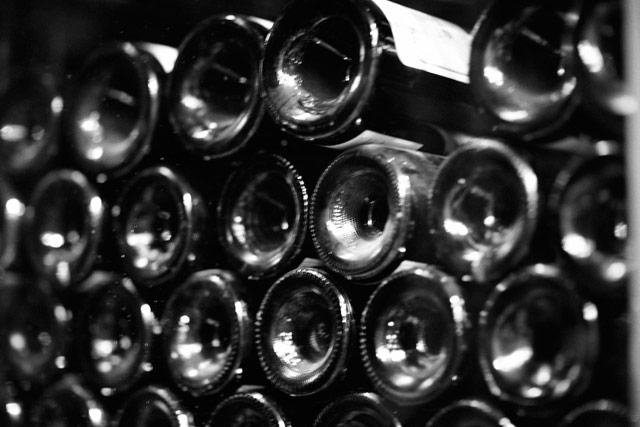
The importance of storage
Wines are anything but static. They are very much alive and are affected by their storage conditions. Some people see their investment ruined by ignorance of storage matters. You can never know for sure that a wine is maturing to perfection, but without proper storage, care and protection it won’t have a chance.
Conditions governing your wine’s development: The lower the temperature, the slower the development, and, contrariwise, the higher the storage temperature, the faster the wine ages. Drastic fluctuations of temperature must always be avoided. They can ruin the wine’s colour, aromas and “nose”. Air humidity also affects your wine. If it is too low, the cork will dry out, leading to swift oxidation. Excessive air humidity can damage the label and sometimes even the packaging.

Optimum storage
Here is a description of storage at Grevgatan 26, and also guidance for those who contemplate starting a wine cellar of their own.
Air humidity is an important factor if you are laying down wine for over three years. The air mustn’t be too dry. The humidity should be 70 per cent. Higher humidity is possible, but at 80 per cent the label on the bottle can get damaged. High air humidity is not usually a problem in country wine cellars, but getting the right level can be a problem in modern cellars.
Temperature and air quality. 12–14 degrees Celsius is the ideal temperature, and the temperature must be kept as steady as possible. Storage at temperatures of between 8 and 20 degrees is also feasible, barring rapid temperature fluctuations, e.g. from week to week.
Fluctuations, whether daily or annually, accelerate the ageing process and can even ruin your wine. Changes over a shorter period of time should always be avoided. On an annual basis, fluctuation by 5 or 6 degrees can be tolerated. A rule of thumb: every tenth degree doubles the wine’s ageing rate.
What happens to wine that is stored too warm?
What happens to wine that is stored too warm? It can lose its balance and fruitiness: the alcohol, fruit acid and tannin won’t harmonise. Warmth also deprives the cork of its elasticity, allowing air to get in. Cold storage of wine does not harm it, but in principle it brings the ageing process to a complete standstill. Wine can lose its balance, though, if the storage temperature is near freezing.
The wine storage space needs to be well ventilated. Bottles must always be literally laid down, so that the cork will be in contact with the wine.
Daylight, artificial light and vibrations. Wine is extremely sensitive to UV radiation. Both daylight and fluorescent lighting emit UV light which can dull both the aroma and the colour of the wine.
Wine must be kept in dark surroundings. Most bottles are dark green or brown, which excludes UV light. Your best plan is to store your wines out of reach of direct light sources. The latter also emit heat. Track lighting or indirect lighting is recommended, but filament bulbs and sodium-vapour lamps will also work.
Vibrations can put your wine off balance, with the same consequences as an excessively high storage temperature. Wine needs peace and quiet in order to develop. Make sure the bottles are absolutely stationary.
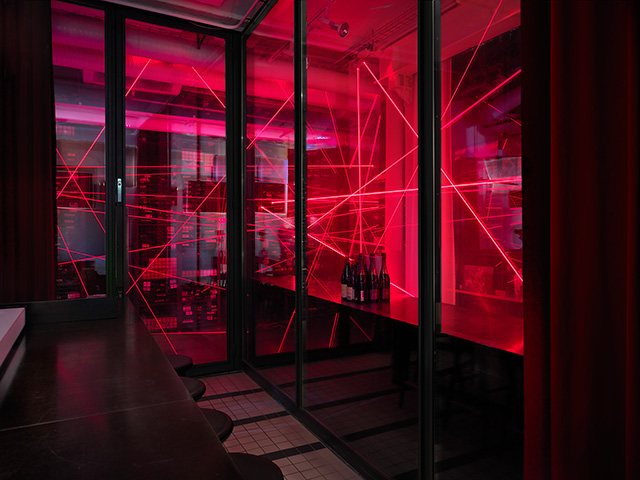
Wine cellar security
As your wine cellar increases in value, it also grows more attractive to intruders. Wine ranks as theft-prone property. Think of the wine cellar as an impregnable fortress. Your treasures have sentimental value, palate value and, not least, market value. Nowadays, a sophisticated alarm and locking system and updated insurance coverage based on the current value of your wines are imperative.
You can read more on this subject in our book ”Konsten att bygga en vinkällare”.



